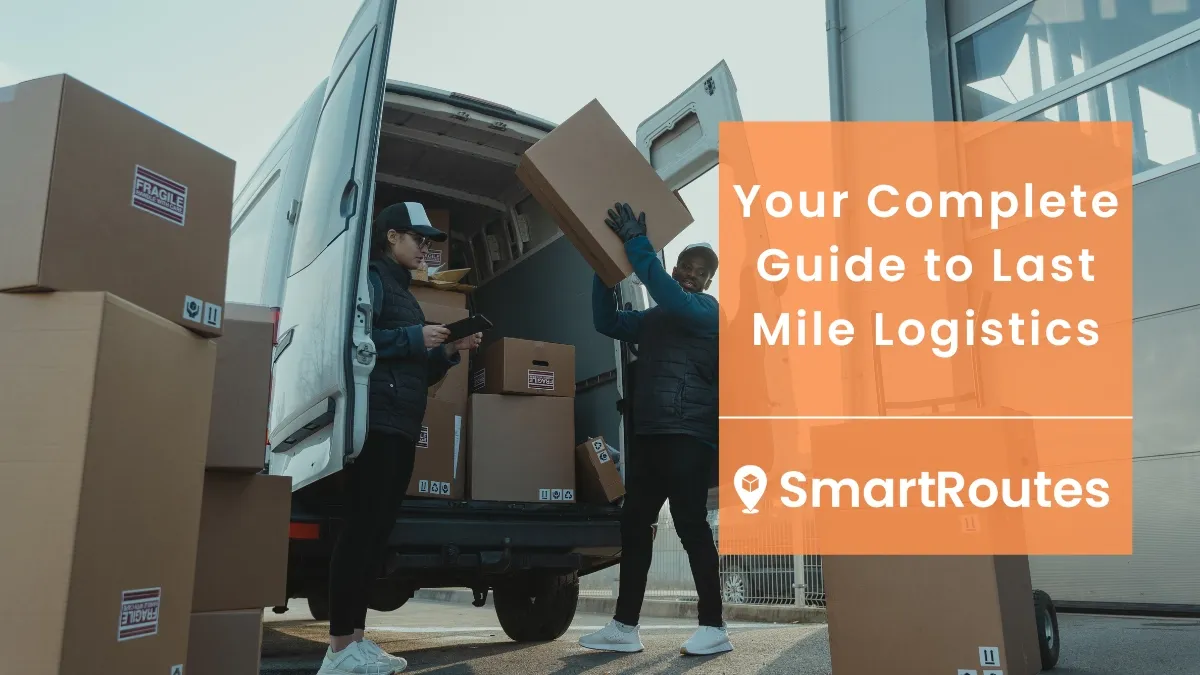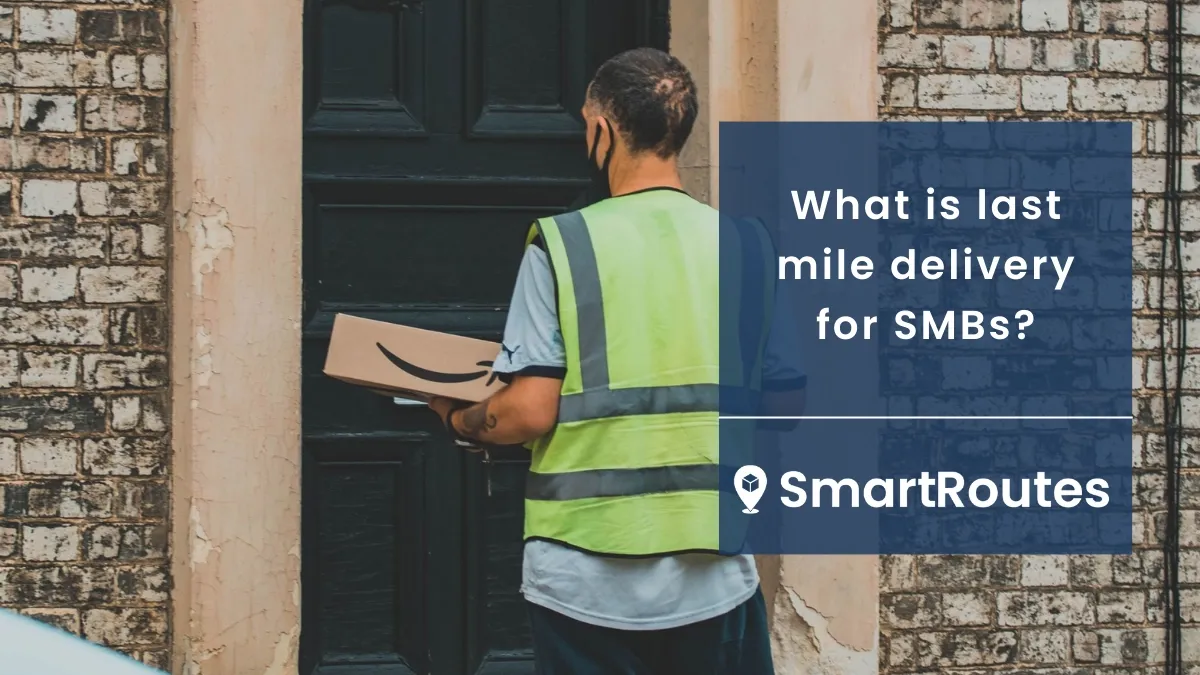Last Mile Delivery
In this blog, we delve into the intricacies of last mile delivery, exploring its significance, challenges, and the evolving trends shaping the industry's landscape.
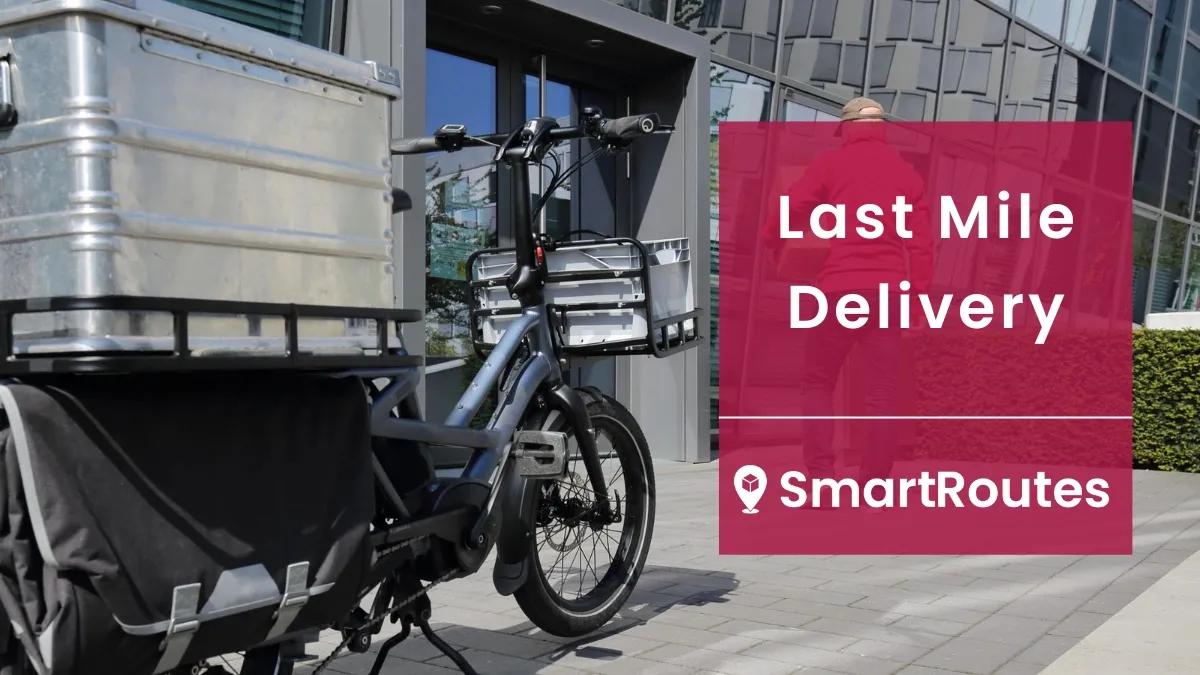
In the realm of logistics, the final stretch of delivery, known as the last mile, stands out as a pivotal stage for businesses aiming to satisfy the ever-expanding needs of consumers. Today's consumers anticipate swift delivery of their goods, coupled with real-time updates, often with the expectation of these services being free. In this blog, we delve into the intricacies of last mile delivery, exploring its significance, challenges, and the evolving trends shaping the industry's landscape.
7 Trends in the Last Mile Delivery Industry
What is Last Mile Delivery?
Last mile delivery refers to the final leg of the delivery process, where goods are transported from a distribution hub or fulfillment center to the end destination, typically a customer's doorstep or a retail store. This stage is often the most complex and expensive part of the logistics chain, presenting unique challenges for logistics companies and retailers alike.
SmartRoutes Route Planning Software
Streamline your entire last mile delivery process, all from one platform
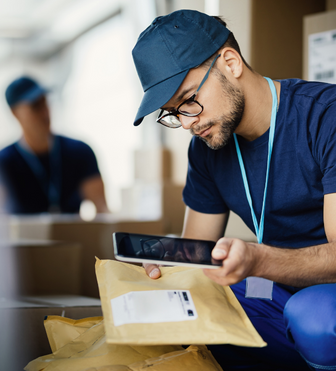
The Last Mile Problem
The Last Mile Problem presents a array of challenges for businesses operating in the logistics sector. From navigating through congested urban areas to managing environmental impact, and contending with the ever-increasing expectations of consumers, it's a complex puzzle that demands attention. Addressing these challenges is crucial for companies aiming to enhance customer satisfaction, streamline operations, and maintain a competitive edge in today's digital marketplace. Effective solutions require a strategic approach, incorporating innovative route optimization techniques and sustainable delivery practices. By tackling the Last Mile Problem head-on with professionalism and foresight, businesses can position themselves for success in an evolving landscape.
7 Trends in the Last Mile Delivery Industry
In this section, we delve into seven key trends reshaping the landscape of last mile logistics. From sustainability initiatives to technological advancements, these trends offer insights into the future of delivery operations and provide valuable opportunities for businesses to thrive in an ever-changing environment.
1. A greater appreciation for delivery drivers
In recent years, there has been a noticeable shift in attitudes towards delivery drivers, with a growing acknowledgment of their indispensable role in the modern economy. This newfound appreciation extends beyond mere recognition; it reflects a deeper understanding of the critical role that delivery drivers play in ensuring the seamless flow of goods to consumers' doorsteps.
This heightened recognition underscores the importance of valuing and supporting the workforce behind last mile deliveries. Delivery drivers navigate challenges, from navigating through traffic congestion to braving inclement weather conditions, all to ensure that packages are delivered promptly and efficiently. Their commitment to service excellence often goes unnoticed, yet it is their diligence and professionalism that underpin the success of countless businesses and the satisfaction of millions of customers worldwide.
As society becomes increasingly reliant on eCommerce and home delivery services, the significance of delivery drivers' contributions becomes more apparent. Their role transcends mere logistics; they are the face of the brands they represent, embodying professionalism, reliability, and customer service excellence with each delivery. Recognizing the vital role that delivery drivers play in the last mile delivery process is not only a matter of gratitude but also a call to action for businesses and policymakers alike.
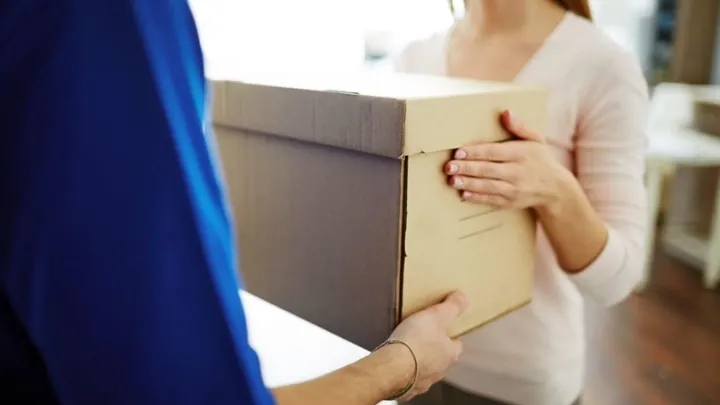
2. Sustainability will move from buzzword to reality
Increasingly, consumers are gravitating towards companies that prioritize environmentally-friendly last mile delivery practices. This shift reflects a growing awareness of the environmental impact of traditional delivery methods and a desire to support businesses that align with their sustainability values. As concerns about climate change increase, consumers are actively seeking out companies that demonstrate a commitment to reducing their carbon footprint. This includes not only minimizing emissions from delivery vehicles but also implementing strategies to mitigate the environmental impact of packaging materials and logistics operations.
In response to these shifting consumer preferences, businesses are increasingly prioritizing green last mile delivery initiatives. This includes investing in electric and low-emission vehicles, optimizing delivery routes to minimize fuel consumption, and exploring innovative packaging solutions that reduce waste and promote recycling. Furthermore, companies are leveraging technology to enhance the sustainability of their delivery operations. From route optimization algorithms that minimize the distance traveled to real-time tracking systems that allow for more efficient resource allocation, technology plays a crucial role in making last mile delivery more sustainable.
3. Need for Enhanced Proof of Delivery
As incidents of porch piracy and package theft rise, there's a pressing need for improved proof of delivery mechanisms in last mile delivery. With more consumers opting for doorstep deliveries, the risk of packages being stolen has become a significant concern. To address this challenge, delivery companies are implementing advanced proof of delivery technologies, such as photo verification, GPS tracking, and digital signatures. These measures not only provide greater assurance to customers that their packages have been securely delivered but also help deter theft and hold delivery personnel accountable. By prioritizing robust proof of delivery protocols, businesses can enhance customer trust and satisfaction while safeguarding against the growing threat of package theft in the last mile delivery process.
4. Rise of In-House Delivery Operations:
With the increasing demand for fast and reliable delivery services, more companies are opting to establish in-house delivery operations. This trend represents a departure from traditional reliance on third-party logistics providers and courier services, as businesses seek greater control over the end-to-end delivery process.
By bringing delivery operations in-house, companies can streamline logistics, reduce costs, and enhance the overall customer experience. Moreover, in-house delivery operations offer greater flexibility and customization, allowing businesses to tailor delivery services to meet specific customer needs and preferences. As companies prioritize efficiency and customer satisfaction, the shift towards in-house delivery operations is expected to continue, reshaping the landscape of last mile delivery in the process.
5. Autonomous Vehicles and Drones
While autonomous vehicles and drones have yet to become standard in last mile delivery, there is a growing focus on research and development in this area. Recognizing the potential of automation to revolutionize the delivery process, companies are investing in the exploration of autonomous vehicles and drones as viable delivery solutions.
These technologies offer the promise of faster delivery times, reduced operating costs, and increased efficiency in urban logistics. Despite regulatory and technological challenges, advancements in artificial intelligence, sensor technology, and navigation systems are driving progress towards the integration of autonomous vehicles and drones into last mile delivery operations. As research continues and barriers are overcome, these innovative delivery methods have the potential to reshape the future of last mile logistics, offering new possibilities for speed, precision, and sustainability.
6. Changing consumer habits will mean changes for last-mile deliveries too
With the steady rise of online shopping, customers now demand more than just timely delivery—they expect a seamless and personalized experience that aligns with their evolving lifestyles. As a result, last mile logistics providers are facing increasing pressure to adapt and innovate to meet these shifting expectations. For example, data from statista found that 48% of consumers said choice of delivery slots was the most important factor, with 42% identifying real-time updates and 16% saying the ability to adjust the delivery location as most important.
In today's digital age, convenience reigns supreme, and consumers expect nothing less when it comes to delivery services. Whether it's same-day delivery, flexible delivery windows, or the option to reroute packages to alternative locations, customers are seeking greater flexibility and control over their delivery experience. This necessitates a fundamental shift in how last mile logistics providers approach delivery operations, with a focus on offering a diverse range of delivery options tailored to meet the individual needs and preferences of customers. Transparency has emerged as a key factor driving consumer trust and loyalty in the delivery process. With the proliferation of real-time tracking technology, customers now expect full visibility into the status of their deliveries, from the moment an order is placed to its final arrival at their doorstep. This demand for transparency underscores the importance of investing in robust tracking systems and communication channels that provide customers with timely updates and notifications throughout the delivery journey.
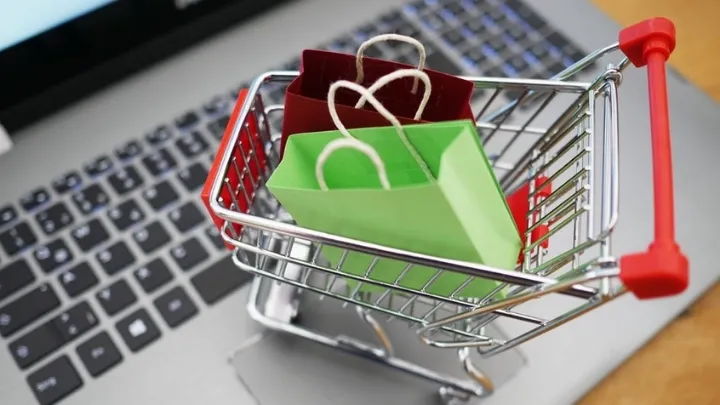
7. The last-mile delivery industry will continue to embrace digital transformation
In an era defined by technological innovation, the last mile delivery industry stands at the forefront of digital transformation. As businesses seek to navigate the complexities of modern logistics and meet the evolving demands of customers, digital technologies have emerged as indispensable tools for driving efficiencies and enhancing the delivery experience.
One of the most significant contributions of digital transformation to the last mile is the implementation of Last Mile Delivery Software. By harnessing the power of data analytics and machine learning, businesses can optimize delivery routes in real-time, taking into account factors such as traffic patterns, delivery windows, and vehicle capacity. This not only reduces fuel consumption and emissions but also improves delivery efficiency, leading to faster and more cost-effective deliveries. Digital transformation initiatives enable businesses to leverage data-driven insights to optimize resource allocation and improve operational performance. By analyzing data on delivery volumes, customer preferences, and market trends, businesses can make informed decisions about fleet management, inventory stocking, and delivery scheduling. This strategic use of data not only minimizes costs but also enhances the overall customer experience, leading to greater satisfaction and loyalty.
Transforming Last-Mile Delivery with SmartRoutes
The last mile delivery industry is undergoing a period of rapid evolution, driven by changing consumer preferences, technological advancements, and a growing emphasis on sustainability. As businesses strive to meet the demands of today's dynamic market landscape, embracing innovation and leveraging digital transformation initiatives has become imperative.
From optimizing delivery routes to implementing contactless delivery solutions, the adoption of digital technologies holds the key to unlocking greater efficiency and enhancing customer experiences in the last mile delivery process. By embracing the opportunities presented by digital transformation, businesses can streamline operations, reduce costs, and stay ahead of the curve in an increasingly competitive market.
At SmartRoutes, we understand the challenges and opportunities facing the last mile delivery industry, which is why we're proud to offer cutting-edge solutions designed to help businesses thrive in today's digital age. Experience the power of SmartRoutes for yourself by taking advantage of our 7-day free trial.
Frequently asked questions
1. What are the key challenges in last mile delivery?
One major challenge is the high cost incurred due to the complexities of delivering individual packages to diverse locations. Traffic congestion and unpredictable delivery timeframes also pose significant hurdles. Additionally, ensuring secure and accurate deliveries while meeting customer expectations for speed adds another layer of challenge to last mile logistics.
2. What role does customer experience play in last mile delivery trends?
Customer experience is pivotal in last mile delivery. Customers increasingly demand faster deliveries, real-time tracking, and flexible delivery options. Personalization and transparent communication regarding delivery status significantly impact customer satisfaction. Businesses that prioritize these aspects tend to create loyal customers and positive brand perception.
3. How are businesses adapting to the changing last mile delivery landscape?
Businesses are adapting by exploring various strategies. Some are partnering with local stores to serve as pickup points, minimizing individual deliveries. Others are investing in electric or hybrid vehicles to reduce carbon footprint. Implementing alternative delivery methods like drones or autonomous vehicles, and even experimenting with urban warehouses for quicker dispatch, are becoming more prevalent strategies in the evolving landscape of last mile delivery.
If you enjoyed this blog, you might also be interested in:
